By Joseph Luster
War landing on U.S. soil is one of the ultimate worst case scenarios, and as such it’s perfect for the kind of game developer Kaos Studios has whipped up in Homefront. It’s not exactly a new concept, of course, even within this particular medium. Infinity Ward and Activision presented something similar with Call of Duty: Modern Warfare 2, though the soldiers in that game had a bit more of an advantage than those of this particular shocker, and their tale was told in a much more convoluted way.
Homefront
Publisher: THQ
System(S): Xbox 360, PS3, PC
Available: Now
Because of this, Homefront’s story—written by screenwriter John Milius, who wrote Red Dawn and co-wrote Apocalypse Now—actually ends up being one of its more intriguing aspects. While it still manages to fall prey to the many well-tread pratfalls of video game storytelling, the scenario it sets up is painted in an appropriately nightmarish fashion. The year is 2027, but in the beginning we’re taken on a whirlwind tour through the headlines and happenings of the preceding years. Extreme, albeit plausible, circumstances lead to the collapse of the U.S. economy and the rapid growth of the North Korean forces. After Kim Jong-il’s passing, his son, Kim Jong-un, takes the leader’s place and unifies North and South Korea into the Greater Korean Republic.
From there it’s a horrifying snowball effect of Korean military strengthening and, ultimately, the blindsiding and occupation of America all the way from the West to the extremely polluted Mississippi. As pilot Robert Jacobs, the player is rounded up in a similar fashion to other U.S. citizens and hauled off to a reeducation camp. On the way he’s treated to a firsthand look at the state of the nation: screaming citizens lined up and caged, a family mercilessly shot in front of their child; it’s enough to make you want to break out of that bus and go all first-person shooter on these villains. Thankfully, that’s exactly what happens, as a small group of American Resistance Fighters rams the bus, frees Jacobs, and pulls him in as part of their longshot mission to reclaim the nation.
Players familiar with the flow of Call of Duty games—and there are millions upon millions of you out there—will find themselves in familiar territory as soon as the computer relinquishes control of Jacobs. From the control scheme right down to the snap-to-target aim assist, pretty much everything about Homefront is cribbed in some way from Activision’s flagship franchise. In this case, it’s more of a “if it ain’t broke” thing, because let’s face it, the meat of this experience is the wild speculative future-hell scenario. Objectives start off simply enough, tasking you with surviving and evading Korean forces looking to suppress resistance fighters and spin it into insurgency-quelling propaganda.
Things get interesting when Jacobs is introduced to one of the small, self-sustaining communities established off the grid. Suburban home bases hidden from the new regime’s watchful eye provide one of Homefront’s light doses of humanity. If anything, it’s the quiet moments like these that make the overall characterizations that much more disappointing. The genre as a whole could use more balance in this regard. The Modern Warfare games work a little harder to establish their characters and give them distinct personalities, only to fall on their face when it comes to telling a coherent story. On the flipside, Homefront’s story is clear and compelling, but fundamentally faceless. For instance, Connor, one of the members of the resistance from whom Jacobs takes the majority of his orders, is your typical obscenity-barking military man with a fragile psyche and a strong hunger for retribution. The flatness of the game’s primary players undermines a lot of the larger than life action that occurs around them.
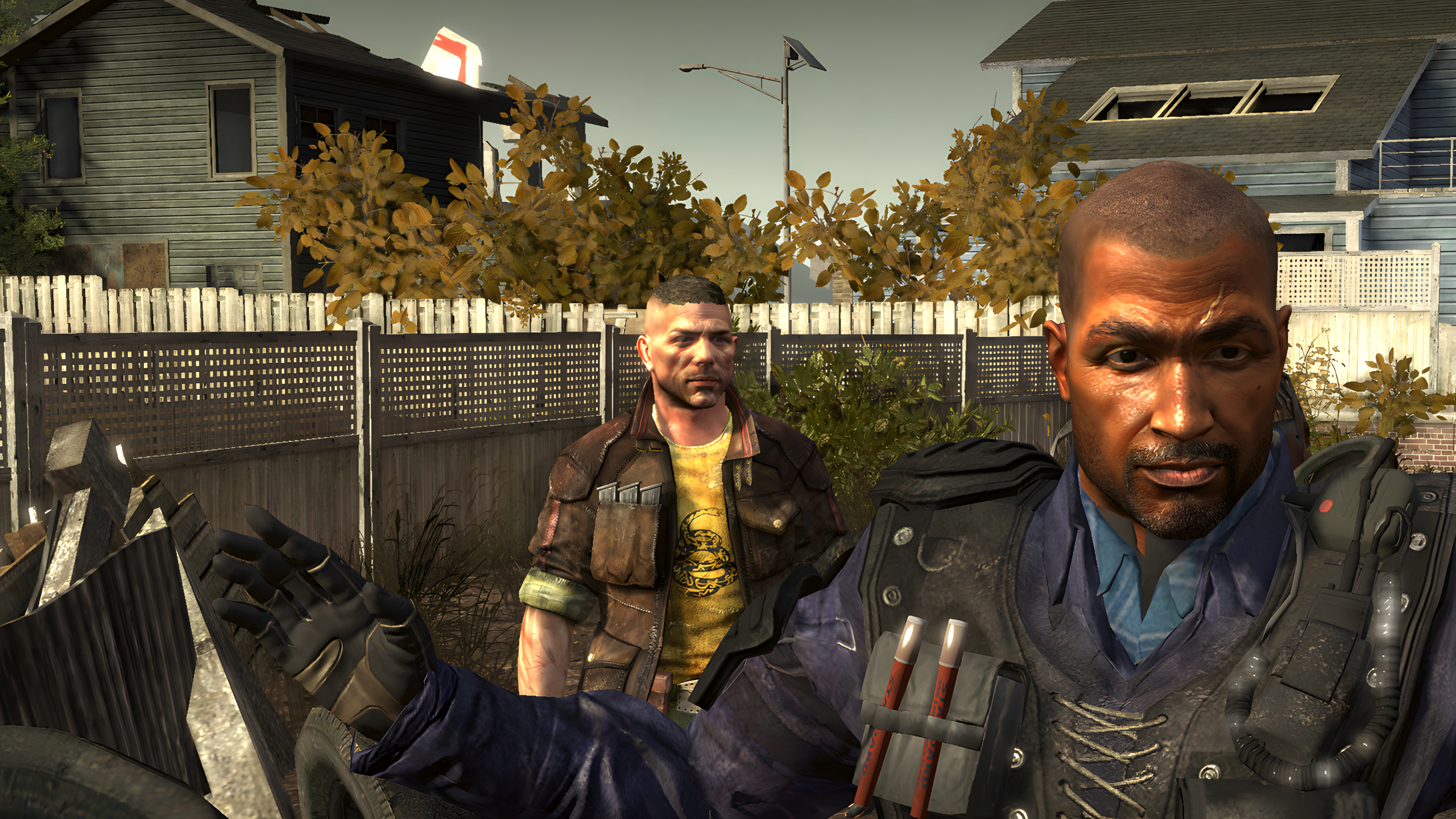
Still, when that action heats up, it can be a real doozy. Daring death camp raids and fuel depot assaults build the action until it climaxes in one of the more memorable final stages of recent years. There’s even a helicopter mission that doesn’t simply involve aiming a Gatling gun out of the side door and squeezing the trigger until everything’s a nice charcoal black; Jacobs is a pilot, after all. As nitpicky as it sounds, there is some cringe-inducing product placement that might pull some out of the excitement momentarily. There’s just something … off about assaulting a secret fuel depot located in a “tigerdirect.com” wholesale store, or having your squad leader order you, straight-faced, to follow him with a rousing, “C’mon! Through the White Castle!”
All of the ups and downs of the single-player campaign come to a very quick end after about five hours or so. I did something in Homefront that I almost never do anymore: I completed it in a single sitting. Maybe that says more about me than it does about the game, but it’s on the table regardless. While those hours were admittedly rife with typical FPS annoyances—dumb enemies, even dumber AI partners, frustrating deaths (you can’t toss grenades back at the opposition for some reason), and lots of invisible walls—it all somehow managed to culminate in a memorable experience. Now, if this is all you want out of Homefront, then it’s a must-rent, but the multiplayer could help push it into the purchase category if that’s your bag.
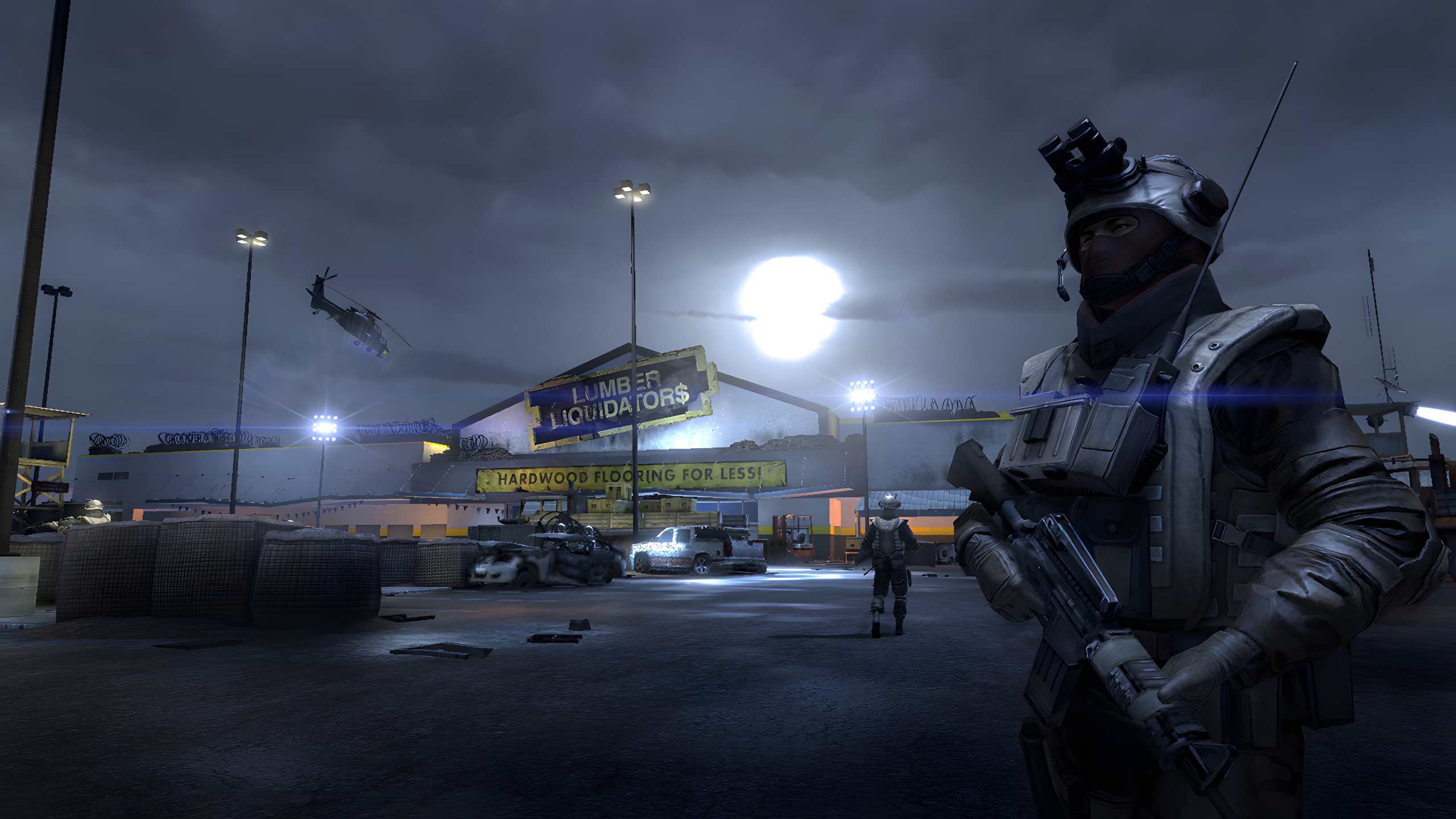 It’s in this mode that the game really opens up, showing potential for grander battles than the campaign is able to offer. As is the de facto standard, you can level up and gain access to more weapons and abilities, and spice things up with vehicles and remote-controlled drones. There’s a lot of strategy (and necessity) in sticking together with your teammates to get the drop on an opposing squad, as it’s very easy to get pinned down from a distance thanks to some real crackshot weaponry. Even doing really well has its ups and downs, with the Battle Commander mode singling out top players as an incentive for Battle and Experience Point bonuses for everyone else.
It’s in this mode that the game really opens up, showing potential for grander battles than the campaign is able to offer. As is the de facto standard, you can level up and gain access to more weapons and abilities, and spice things up with vehicles and remote-controlled drones. There’s a lot of strategy (and necessity) in sticking together with your teammates to get the drop on an opposing squad, as it’s very easy to get pinned down from a distance thanks to some real crackshot weaponry. Even doing really well has its ups and downs, with the Battle Commander mode singling out top players as an incentive for Battle and Experience Point bonuses for everyone else.
The game as a whole may not exactly be cutting edge or original, but I applaud Homefront for putting its story before everything else, even if it does mangle some of its intentions along the way. There are many shooters out there that handle their campaigns much more elegantly, but Kaos has something solid to build on here should they decide to escalate their fright-night future war story and solid multiplayer in a sequel.
World of Tanks
Publisher: Wargaming.net
System(s): PC
Available: Now
World of Tanks may be the most self-explanatory game title this side of Microsoft Flight Simulator. Developed by Belorussian company Wargaming.net, World of Tanks has already enjoyed a fairly successful beta run, recording over a million registrations across America, Europe, and Russia. Part of its allure certainly lies in the sheer number of tanks with which players can do battle, starting off with the simple choice of a Soviet, German, or American light tank. Upgrades come through experience gained, and from there you can move on up to heavier units, modifying everything from the turrets and main gun, to the chassis and engine.
Though World of Tanks is indeed free to play, it also employs a microtransaction business model that involves spending cash on gold that can then be used to purchase premium items, as well as a premium mode of play. It looks like there’s plenty of game to take on outside of dropping loot on premiums, though, and there should be a wealth of action across the game’s three modes—Random Battles, Team Battles, and Clan Battles. With the release version set to offer over 150 armored vehicles from the 1930s to the 1950s, there’s no reason to not give it a shot considering the cost of entry.
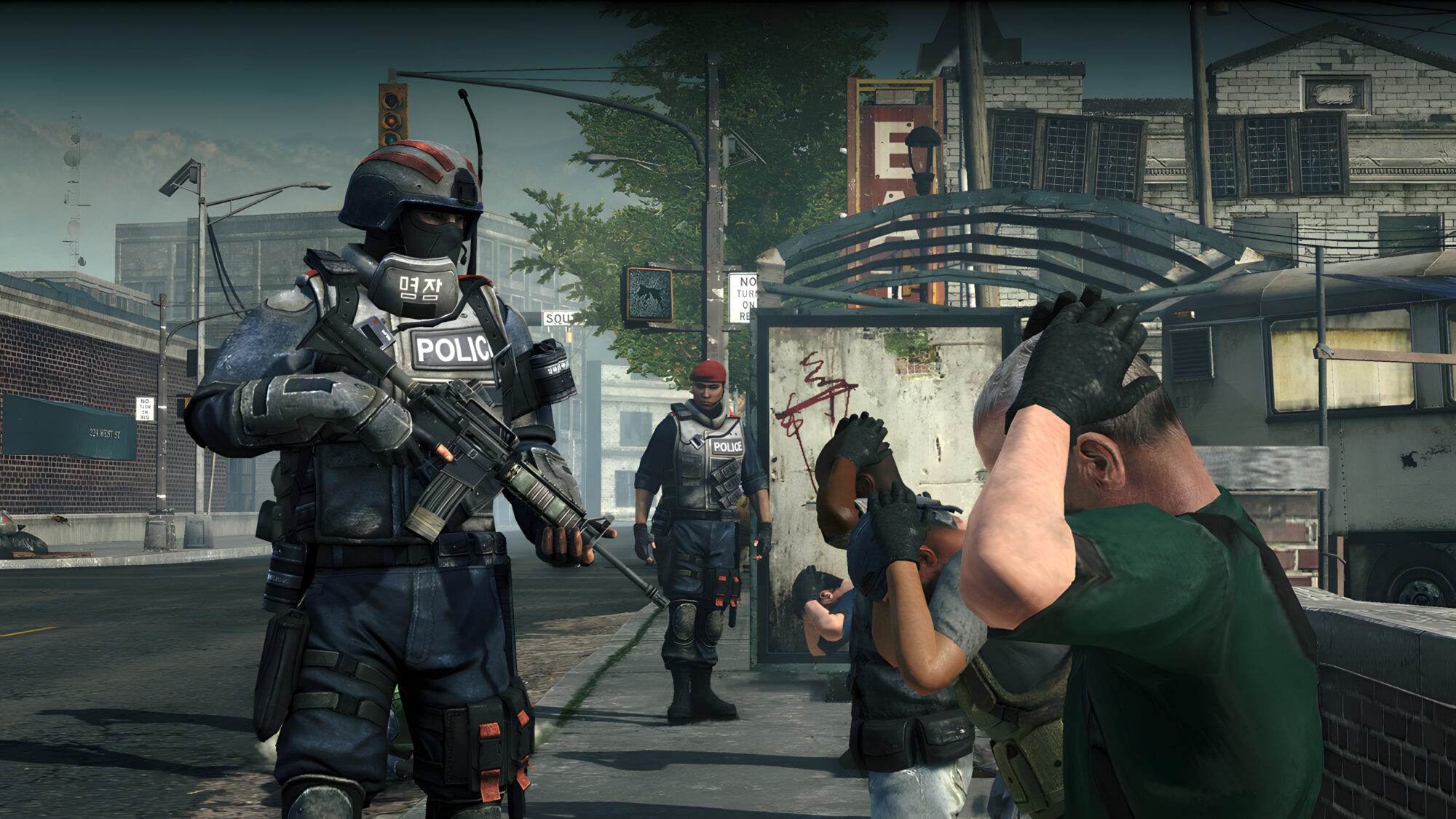
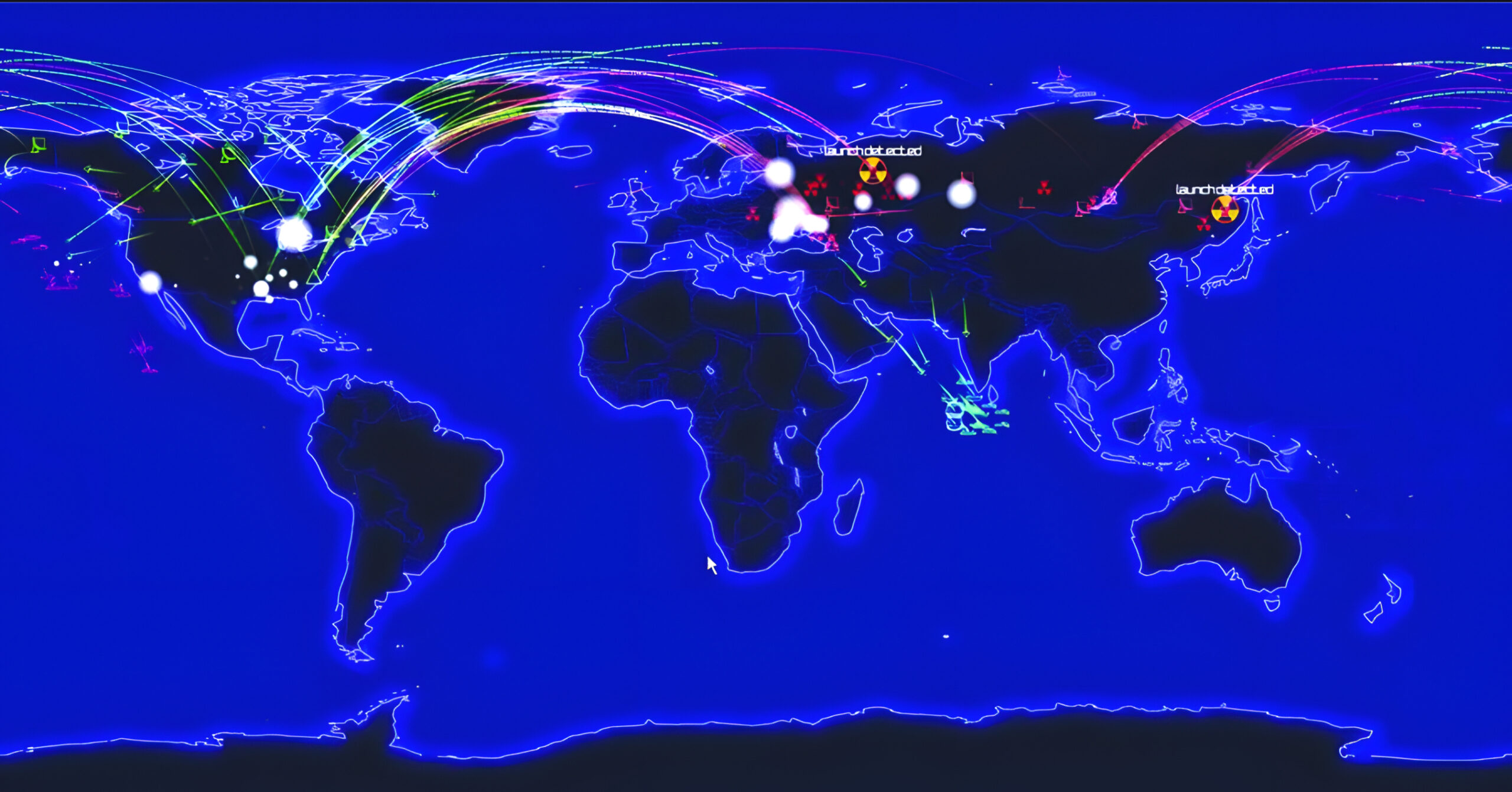
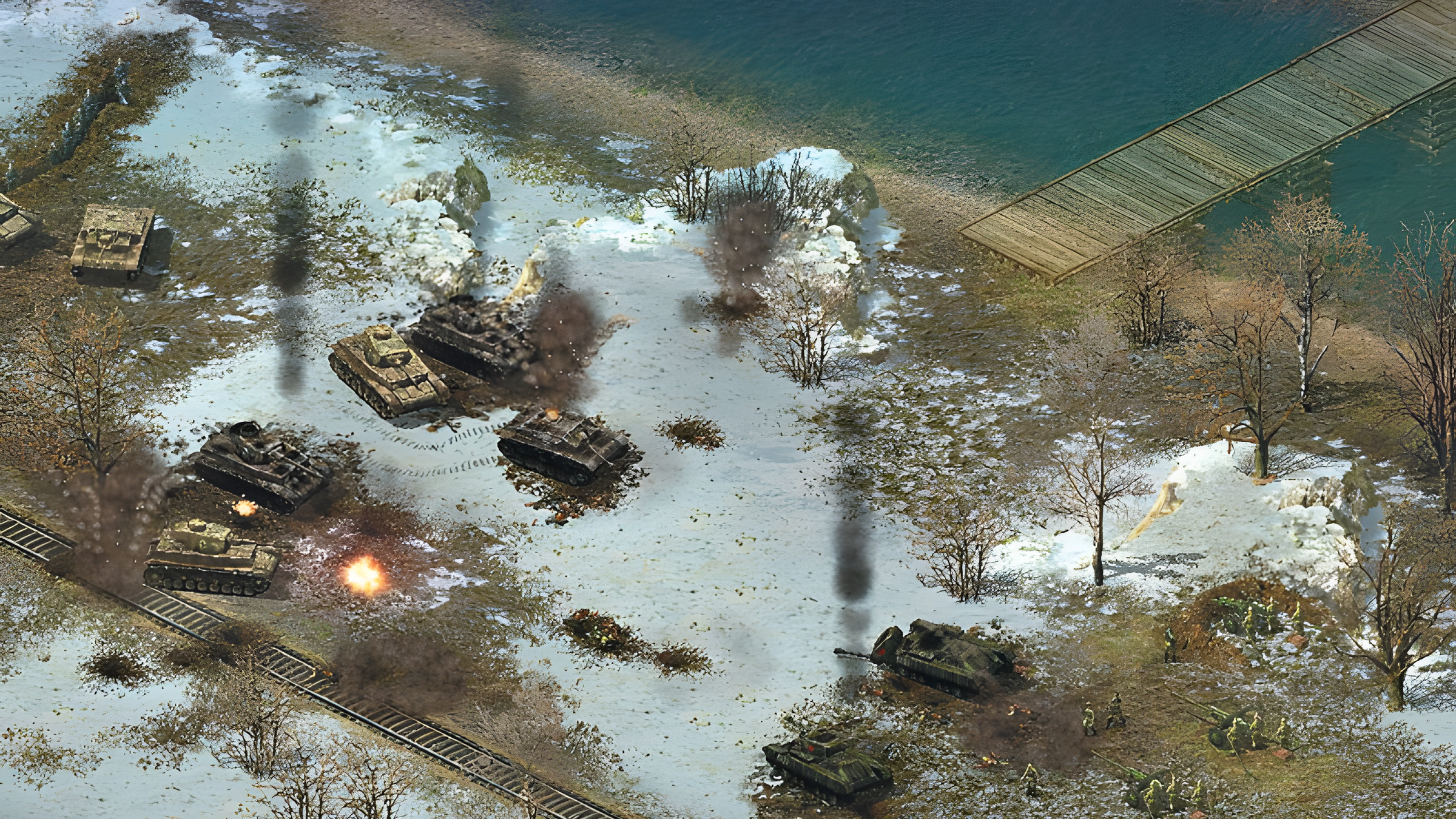
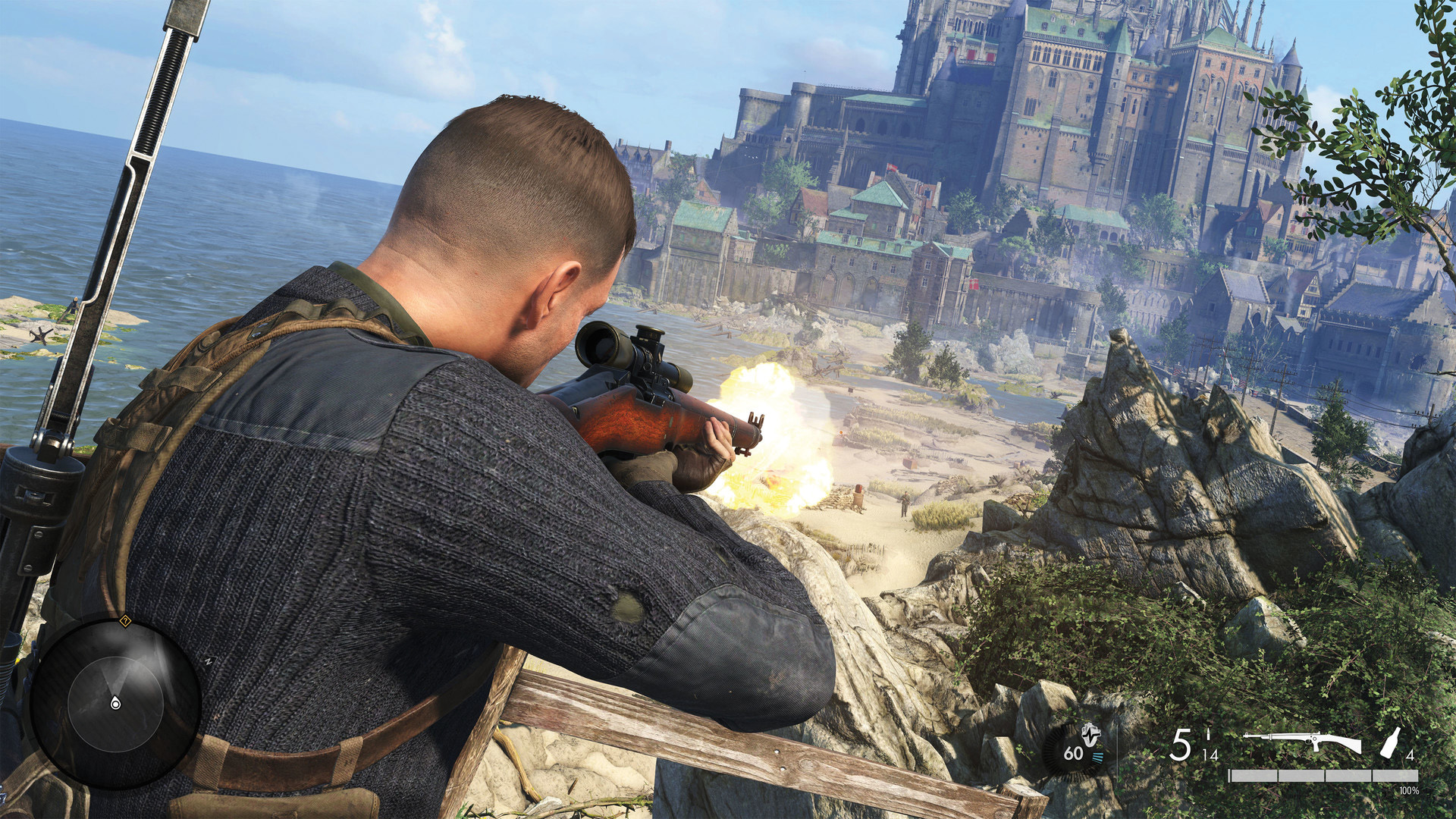
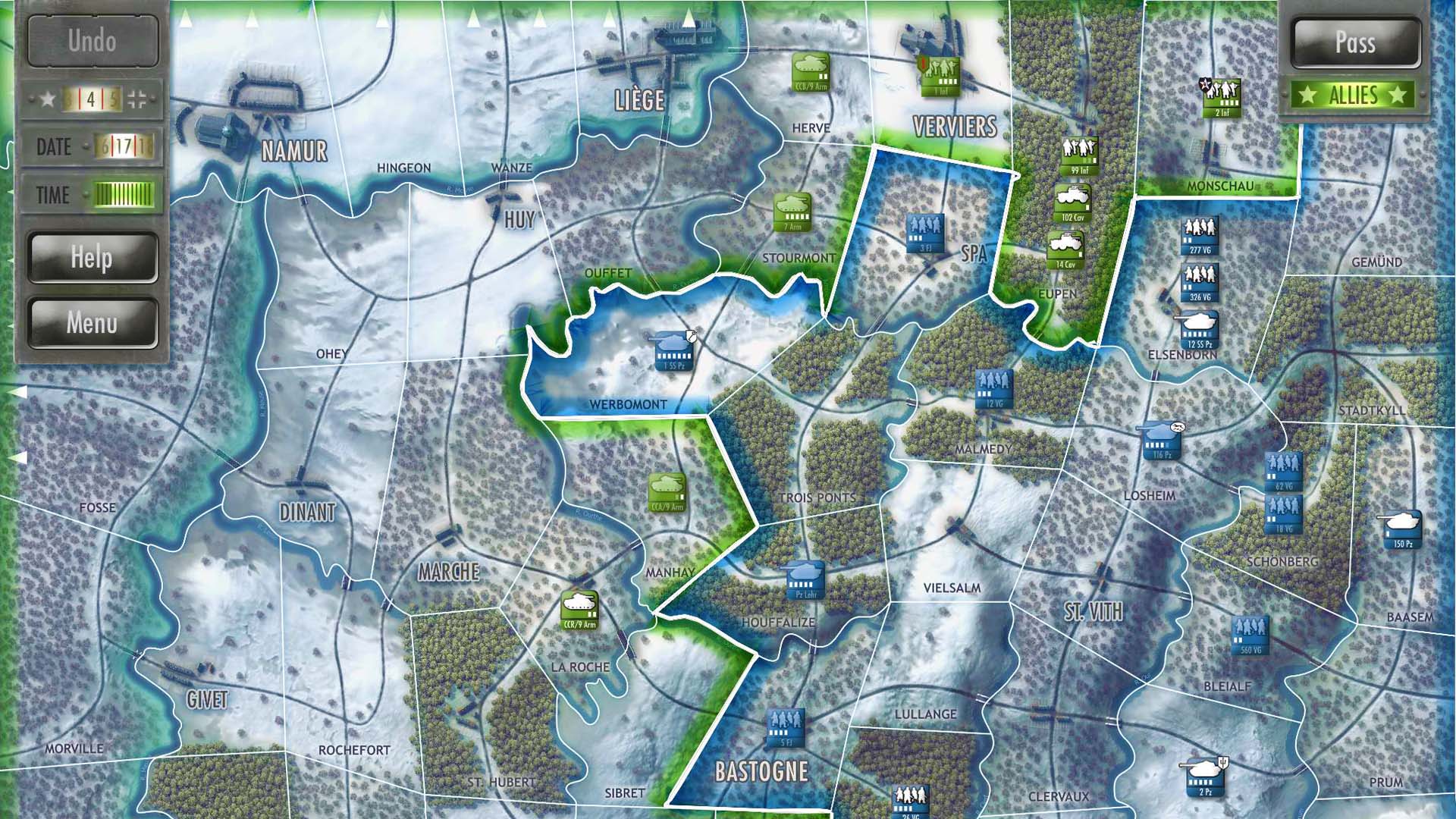

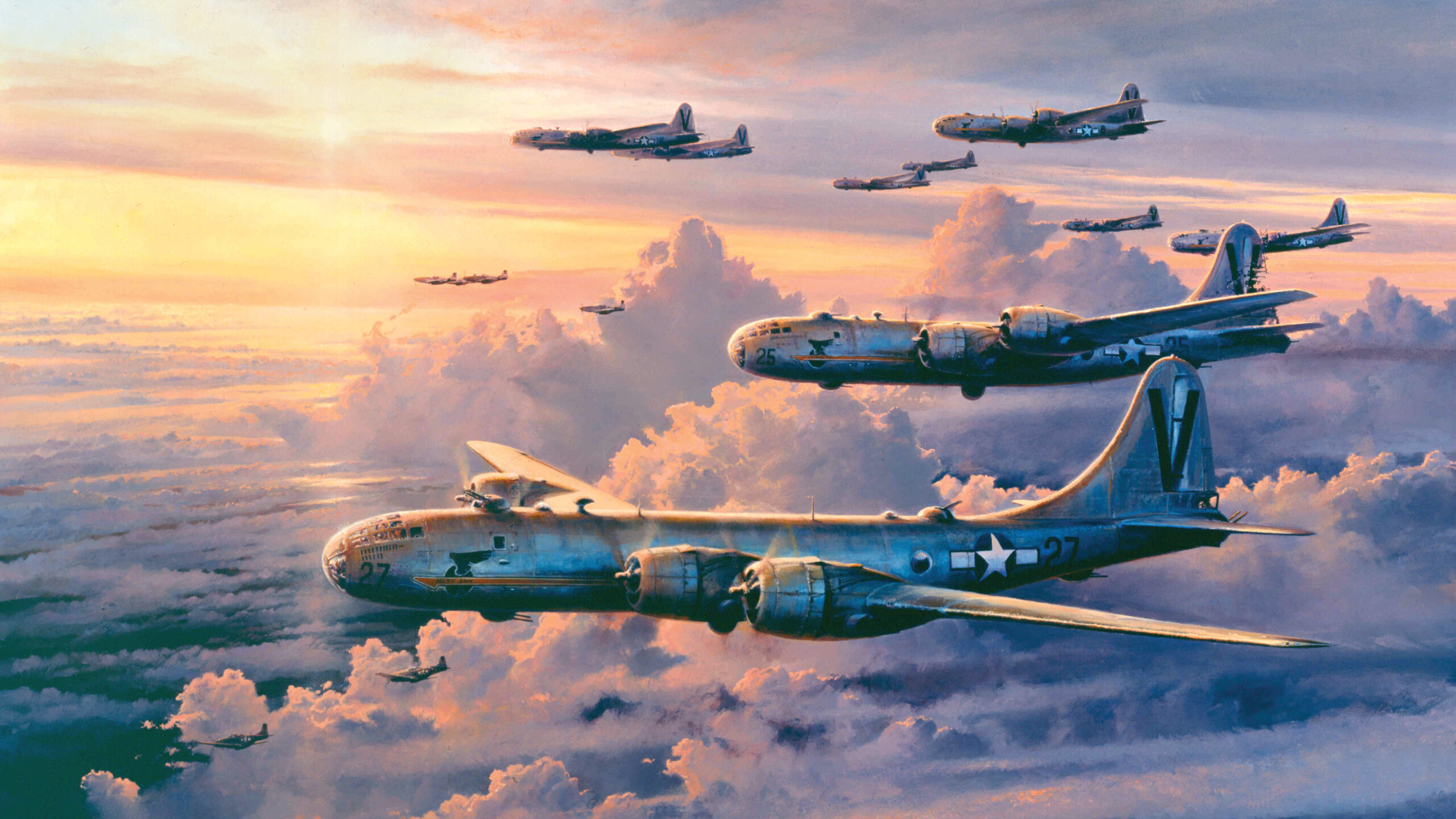
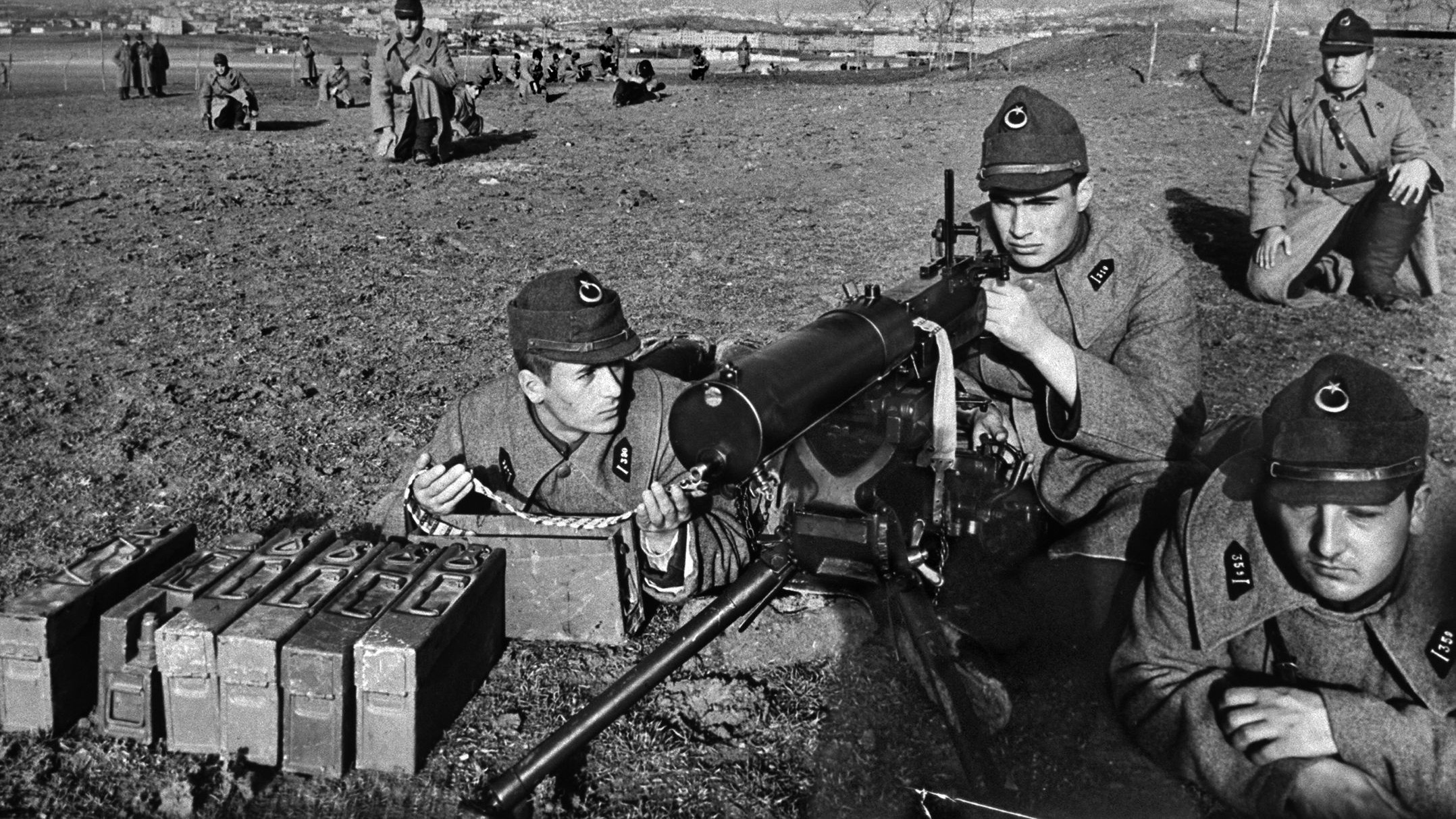
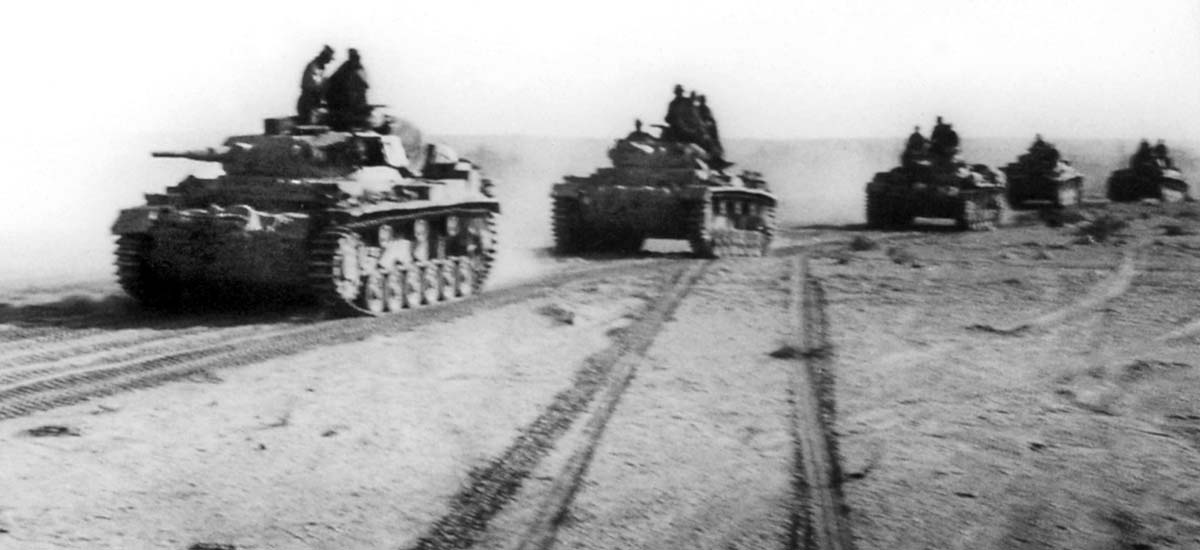
Join The Conversation
Comments
View All Comments